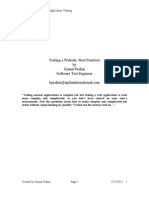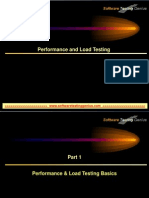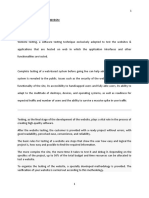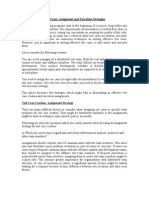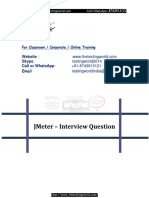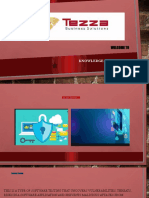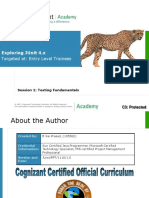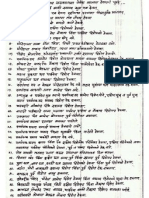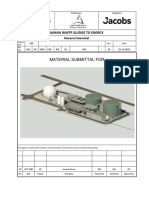0% found this document useful (0 votes)
95 views3 pagesBasics of Software Testing and Automation Testing
Software testing is the process of evaluating software to ensure it meets user requirements and quality standards, with goals including defect identification and risk reduction. It encompasses various levels and types of testing, including manual and automation testing, which has benefits like faster execution but also limitations such as high initial costs. Popular automation tools include Selenium and LoadRunner, each serving specific testing purposes.
Uploaded by
shrutimanval104Copyright
© © All Rights Reserved
We take content rights seriously. If you suspect this is your content, claim it here.
Available Formats
Download as DOCX, PDF, TXT or read online on Scribd
0% found this document useful (0 votes)
95 views3 pagesBasics of Software Testing and Automation Testing
Software testing is the process of evaluating software to ensure it meets user requirements and quality standards, with goals including defect identification and risk reduction. It encompasses various levels and types of testing, including manual and automation testing, which has benefits like faster execution but also limitations such as high initial costs. Popular automation tools include Selenium and LoadRunner, each serving specific testing purposes.
Uploaded by
shrutimanval104Copyright
© © All Rights Reserved
We take content rights seriously. If you suspect this is your content, claim it here.
Available Formats
Download as DOCX, PDF, TXT or read online on Scribd
/ 3



